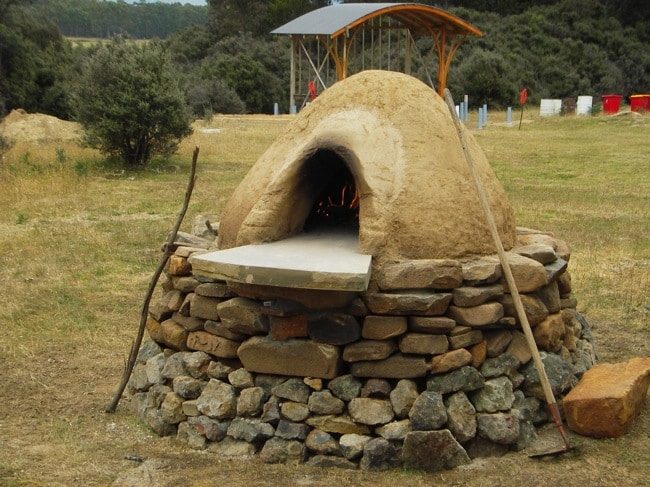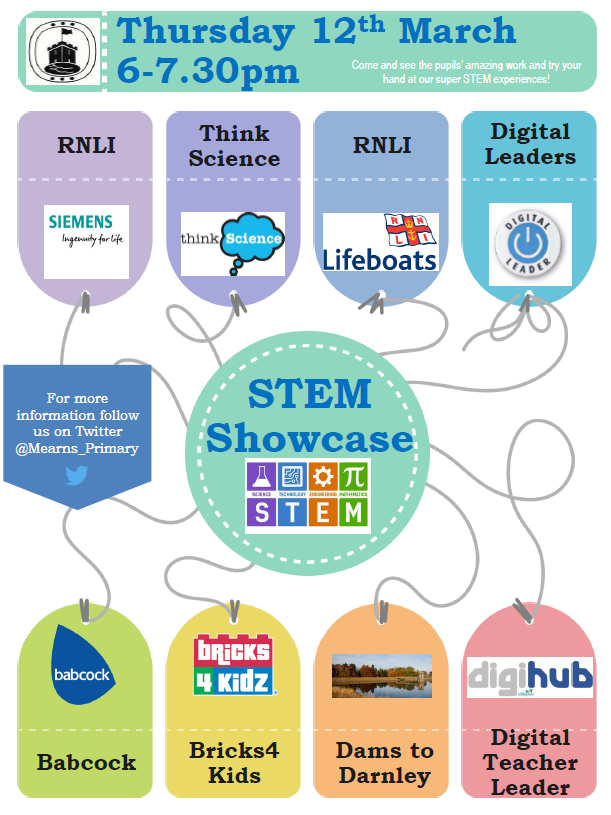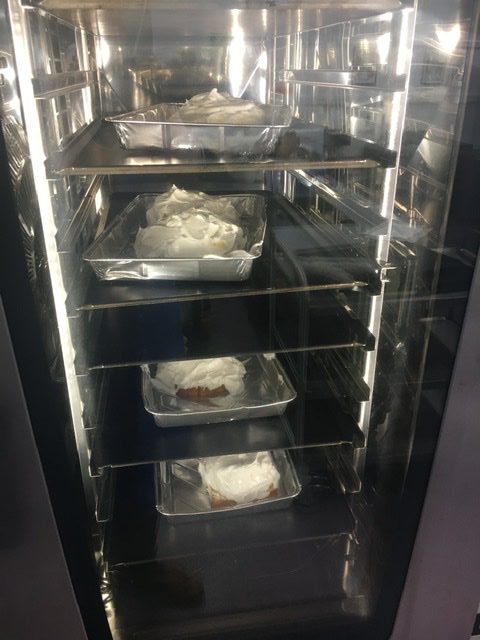
After plotting our results from the insulation experiment on a chart, we couldn’t easily decide which material was the best insulator.

As a class we thought it would be better to plot the temperature drop of the water from the start to the end of the experiment.

After sorting our results, we can now see that the material that resulted in the least amount of temperature drop is cotton wool. This means that cotton wool was the best insulator and aluminium foil is the worst insulator.
Initially, we thought aluminium foil would be the best, but because metal is such a good conductor of heat eg. warms up quickly when in contact with heat, it does not keep the water warm. The aluminium foil quickly heats up using the temperature of the water, cooling it down rapidly.
However, cotton wool is full of spaces and gaps that are full of air which is not a good conductor of heat. Therefore, the air does not heat up easily and the heat cannot transfer from the hot water keeping it hotter for longer.

























































